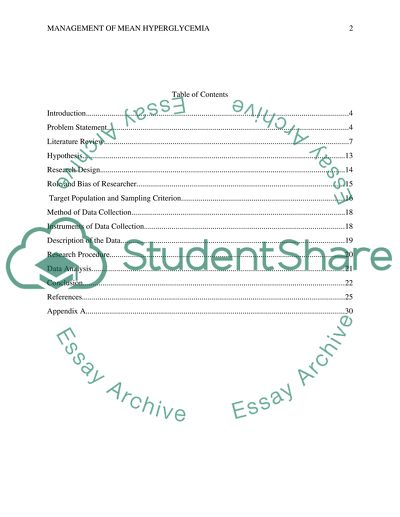Cite this document
(“Management of Mean Hyperglycaemia Levels in ICU Patients Research Paper”, n.d.)
Management of Mean Hyperglycaemia Levels in ICU Patients Research Paper. Retrieved from https://studentshare.org/nursing/1489394-management-of-mean-hyperglycaemia-levels-in-icu-patients
Management of Mean Hyperglycaemia Levels in ICU Patients Research Paper. Retrieved from https://studentshare.org/nursing/1489394-management-of-mean-hyperglycaemia-levels-in-icu-patients
(Management of Mean Hyperglycaemia Levels in ICU Patients Research Paper)
Management of Mean Hyperglycaemia Levels in ICU Patients Research Paper. https://studentshare.org/nursing/1489394-management-of-mean-hyperglycaemia-levels-in-icu-patients.
Management of Mean Hyperglycaemia Levels in ICU Patients Research Paper. https://studentshare.org/nursing/1489394-management-of-mean-hyperglycaemia-levels-in-icu-patients.
“Management of Mean Hyperglycaemia Levels in ICU Patients Research Paper”, n.d. https://studentshare.org/nursing/1489394-management-of-mean-hyperglycaemia-levels-in-icu-patients.


